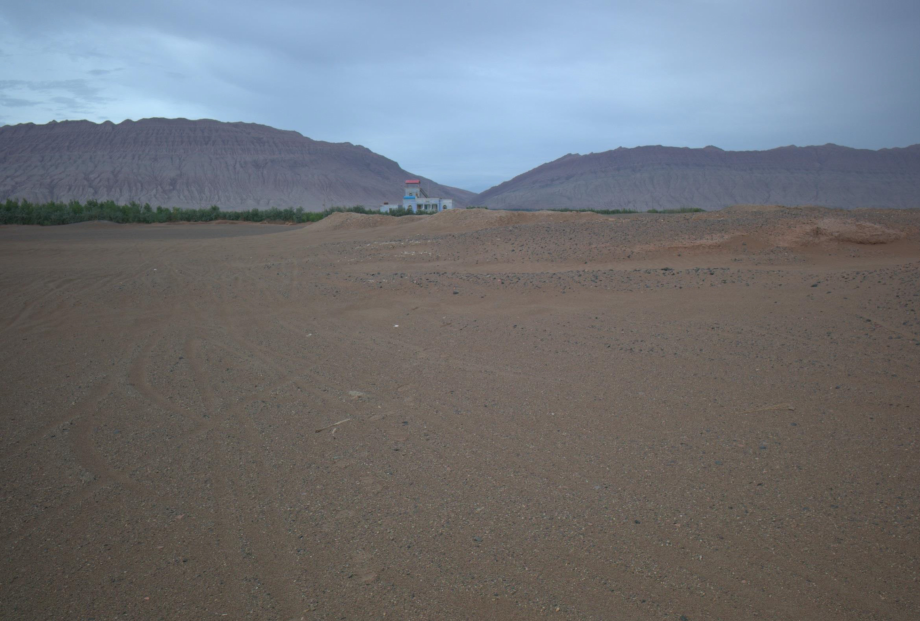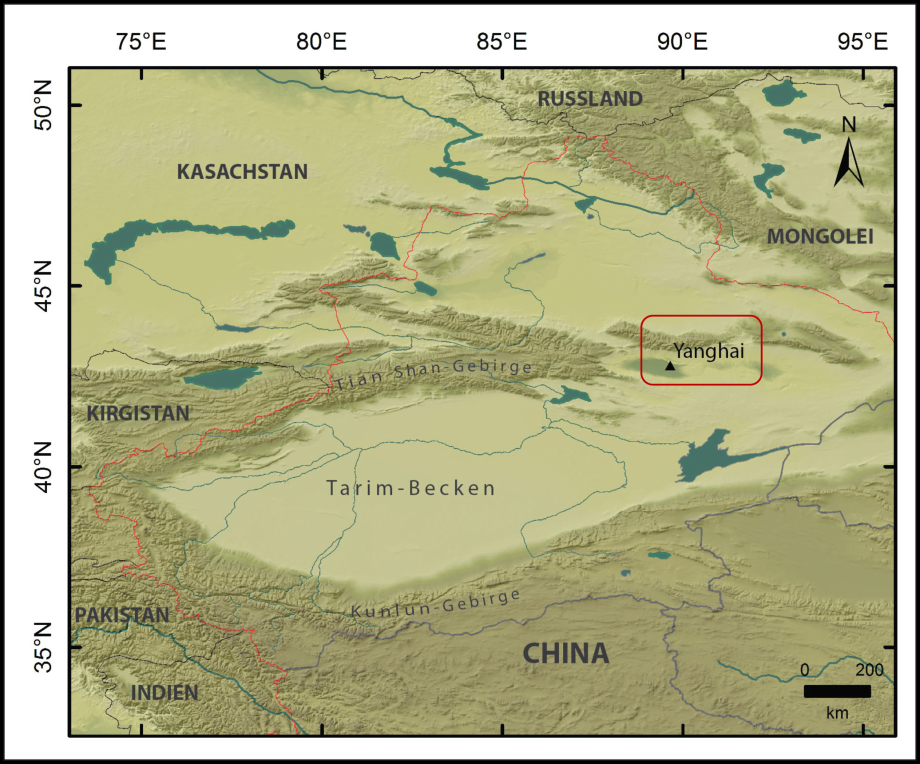New study reveals 3000-year-old balls in the tombs of horse riders in the Turfan depression of Northwest China
Scientists from the University of Zurich, the German Archaeological Institute, Free University Berlin, the Museum of the Xinjiang Uyghur Autonomous Region, the Academia Turfanica, and Renmin University confirm dates of the currently oldest leather balls in Eurasia.

Ball games are among the most popular pastimes, sports, mass entertainments and business areas in the world today. But who invented balls, where and when? The currently known oldest ball was made of linen rags ca. 2500 BCE in Egypt. Mesoamericans played ball games since at least 1700 BCE as known from monumental ball courts and depictions such as ceramic figurines of ballplayers. Their oldest balls were made of rubber. Europe and Asia, however, seemed to follow much later as known from pictorial art: Greece ca. 500 BCE and China ca. 200 BCE.
This picture was updated by the discovery of three leather balls with diameters ranging between 7.4 and 9.2 cm in tombs of the ancient Yanghai cemetery near the modern city of Turfan in China’s northwestern Xinjiang region.

Research results published in the Journal of Archaeological Science: Reports reveal a date for these balls between 1189 and 911 BCE, which thus predate other currently known antique balls and images of ball games in Eurasia by about five centuries. Nevertheless the available archaeological data is not enough to answer the question of how these balls were played. The earliest pictures from Greece show the balls were played with sticks, similar to hockey, and in China equestrian players with sticks are depicted. Comparable curved sticks were found in Yanghai tombs, but not in direct association with the balls and dated to a younger time period. Therefor the Yanghai leather balls do not extent the history of polo unequivocally, even two of the balls were found in the burials of horse riders. The remains of the earliest known trousers (https://doi.org/10.1016/j.quaint.2014.04.056) were found in the same grave with a 3000-year old ball, composite bow and horse riding utensils, indicating a new era of riding, equestrian warfare and greater mobility. Given that ball games from ancient times were considered an excellent form of physical exercise and military training, the researchers suggest that balls – and ball games – appeared in the region at the same time as horseback riding and mounted warfare began to spread in the eastern part of Central Asia. The obtained results once again highlight that this region was one of the Eurasian centers of innovations several millennia ago.

This paper is associated with the project “Sino-Indo-Iranica rediviva – Early Eurasian migratory terms in Chinese and their cultural implications” at the Institute of Asian and Oriental Studies of the University of Zurich, funded by the Swiss National Science Foundation (SNSF). The project investigates the earliest exchange of material goods between Central Asia and China based on linguistic, historical, and archaeological data.